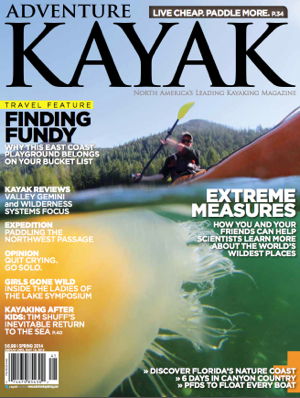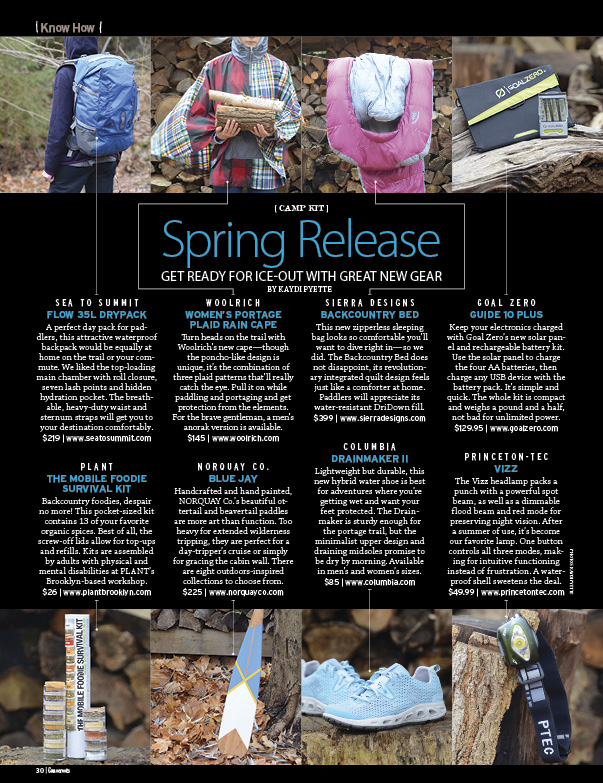An icon in the watersporsts world, Hobie Alter has passed away at age 80. The waterman who invented fiberglass surfboards, Hobie Cat sailboats and developed Hobie kayaks paddled out past the bar on March 29. Read the family’s rememberance below and check out “Hobie: Master of Water, Wind and Waves” at this link: http://goo.gl/0i9nS2.
Hobart “Hobie” Alter, who started out shaping surfboards, and ended up shaping a culture, passed away peacefully at his Palm Desert home on March 29 surrounded by his loving family. Born on October 31, 1933 in Ontario, California, he was 80 at the time of his passing.
The recently published biography “Hobie: Master of Water, Wind and Waves” reveals the story of this true Renaissance man. The son of a second-generation orange farmer, Hobie flourished spending time at his family’s Laguna Beach summer home. And it was here in the family’s garage back in 1950 where he began his somewhat accidental career by combining his two loves, wood shop and water, crafting handmade 9 foot balsawood surfboards for his friends. Business was good, and his father had grown tired of the sawdust, so in 1954 Hobie would open the area’s first surf shop in Dana Point. But as demand continued to grow, balsawood was becoming scarce, and even with Hobie’s creative assembly line, the wooden board building process was cumbersome. This is where Hobie’s extraordinary gift for self-taught, “outside the box” engineering rose to the challenge. Through a top-secret trial and error process, and along with friend and employee Gordon “Grubby” Clark, Hobie pioneered the development of the foam surfboard. With the lighter and more responsive boards, and his gift for design and commitment to uncompromising quality, Hobie quickly became the number one surfboard brand in the world. The list of legendary surfers and shapers that worked or rode for Hobie is a virtual Hall of Fame and his success is widely considered the launching point for California’s iconic surf industry. Hobie himself was a top surfing competitor.
In the late 1960’s having achieved great success with surfing, Hobie turned his attention to another of his water-based passions. And after much on-the-water R&D, he unveiled his namesake “Hobie Cat” catamaran. This fun, lightweight and affordable craft is credited with bringing high-performance sailing from the yacht club to the masses. “The Cat that Can Fly” could be launched off any beach and soon became one of the world’s top selling sailboats. But his curious mind and constant tinkering didn’t stop there. A few of his other inventions include creating the “Hobie Hawk” a high-performance remote controlled glider (another of his lifetime passions). He also designed the hugely successful Hobie Super Surfer skateboard, sculpted a revolutionary 33-foot mono-hull sailboat, pioneered a “Float Cat” for fly-fishing and built the “Katie Sue” (named for his mother Katie and his wife Susan), an awe-inspiring 60-foot power catamaran from scratch.
As the result of this serial innovation, the name Hobie has come to mean a great deal to the world. But it is the integrity of the person behind the name that has meant so much more to family and friends. A humble man of incomparable character, he made it clear that the one thing of which he was most proud, was his family. His sister recently recalled that their father taught Hobie early on to always tell the truth, no matter the consequence, and that any deal worth doing could be done with a handshake. It was a lesson that Hobie incorporated into every aspect of his personal and professional life, and one that he passed on to his own children as well as those that interacted with him in his various enterprises. He was incredibly giving of his love, his time, his resources and his expertise. Always the first to do whatever was necessary to help those in need. Yet he never wanted any accolades or recognition. His kindness, sage counsel and generosity literally transformed countless lives. But as he was quick to say, “A lot of people helped me along the way, I’m just trying to return the favor”.
In discussing the future with friends as a young man Hobie declared that he wanted to make a living without having to wear hard-soled shoes or work east of California’s Pacific Coast Highway. By “Making people a toy and giving them a game to play with it” he was able to realize this dream. And in the process, he introduced an active outdoor lifestyle and collection of products that made the world just a bit more fun. Hobie’s passing will leave an incredible void in the world of surfing, sailing and watersports. But as with any great author, actor or artist, the legacy of his work, and the strong wake of his innovations will live on forever. And for his family and friends, the lessons he taught, the quiet, moral and ethical example he set and the lingering warmth of his abiding love will comfort them as long as they live.
With his loving wife Susan at his side, Hobie lived life as an adventure spending years on the lakes and ski slopes of McCall, Idaho, navigating the Katie Sue through the channels near their home in Orcas Island, Washington and hitting the links at Ironwood Country Club in Palm Desert, California. In addition to Susan, he is survived by his sisters Carolyn and Lillian, his daughter Paula and her partner Ian, son Hobie Jr. and his wife Stephanie, son Jeff and his wife Laurie, grandchildren Cortnie and her husband Dylan, Brittany, Scotty, Cody, Ashlyn, Tyler, Noelle and Justin, great-granddaughter Serena, and many close friends that were always made to feel like they were immediate family.
Hobie received the Waterman Achievement award from the Surfing Industry Manufacturers Association in 1993, was inducted into the Huntington Beach Surfing Walk of Fame in 1997 and admitted as an inaugural member of the National Sailing Hall of Fame in 2011 alongside Dennis Connor and Ted Turner.
Details of Memorial Services are pending, and in keeping with the tradition of the Waterman, there will also be a surfer’s “Paddle Out” in front of the family’s Oak Street home in Laguna Beach, where it all began. Date/time TBD.
In lieu of flowers, the family requests that you consider a donation to either:
Sport of Kings Foundation – in Memory of Hobie Alter
PO Box 2499 Capistrano Beach, CA 92624
http://sportofkingsfoundation.org
Surfing Heritage Culture Center – Hobie Alter Scholarship Fund
http://www.surfingheritage.org
Orcas Island Community Foundation – Deer Harbor Volunteer Fire Department– in Memory of Hobie Alter
www.oicf.us






 This article first appeared in the Adventure Kayak, Spring 2014 issue.
This article first appeared in the Adventure Kayak, Spring 2014 issue. 



 This article originally appeared in Canoeroots and Family Camping, Spring 2014. Get more great gear reviews by downloading our free
This article originally appeared in Canoeroots and Family Camping, Spring 2014. Get more great gear reviews by downloading our free 


